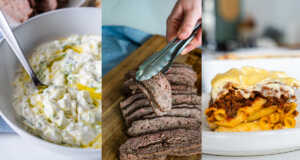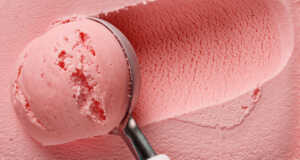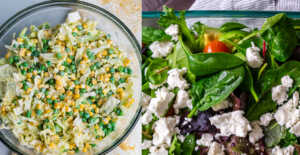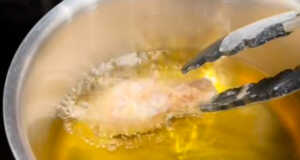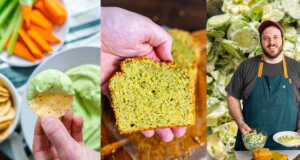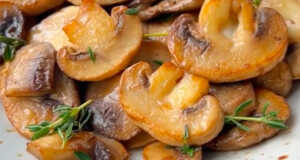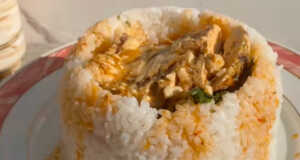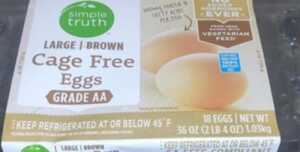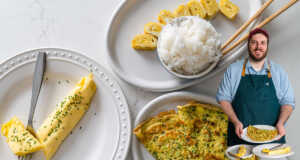The Sixties were an exciting and tumultuous decade in American culture, with the societal shift reflected in food trends, fads, and popular cooking. The argument could easily be made that no decade of the 20th century was more polarizing. Convenience, comfort, and the American suburban dream was deeply entwined with issues such as the influence of counterculture, the space race, and the increasing power of television and music.
Below you’ll find a collection of culturally significant foods and dishes of the Sixties. Some will strike you as strange, or completely astounding, while others are notable for their ongoing fame (or notoriety). Put on your best plaid and velvet, dust off your favorite live Woodstock album, and launch into space with this groovy collection.
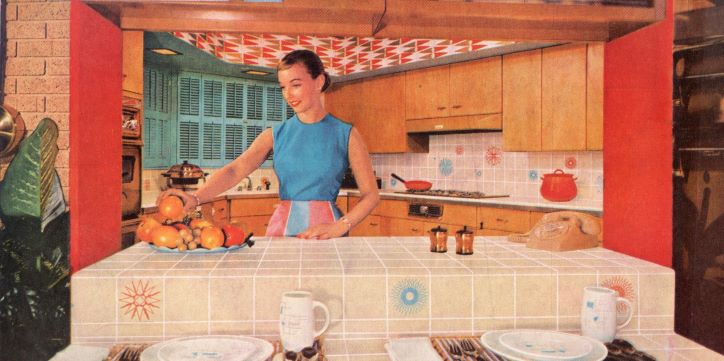
1. Fondue

No food fad summed up the “Swinging Sixties” like fondue, the melting pot (literally) full of cheese or chocolate that you dipped food and fruit in like it was a Bacchanal ritual. If you went to a dinner party or get together, there was fondue available for guests to dip, dunk, splash, and burn (fondue related accidents were widespread, and monumental).
The thing was, though, that fondue was overrated by most households, with the phenomenon flaming out quickly after its late 1960s peak. There weren’t many useful fondue recipes, as melted cheese and chocolate were not exactly hassle free or dazzlingly different, and the market was flooded with poorly made pots that made the experience more troublesome (and dangerous) than it was worth.
2. Tunnel of Fudge Cake

Did you know that the original tunnel-of-fudge cake, baked by Ella Rita Helfrich of Houston, won second place in the 1966 Pillsbury Bake-Off Contest? I don’t know who or what won first place, but it must have been exceptional!
The gelatin mold peaked as a kitchen tool in the 1960s. It was a fait accompli that enterprising home bakers would start stuffing these circular molds with all sorts of yummy things, including fudge. Tunnel of Fudge cakes looked good, and tasted even better! They was certainly a lot more appetizing than some of the other ingredients that found their way into tunnel molds.
3. Carob
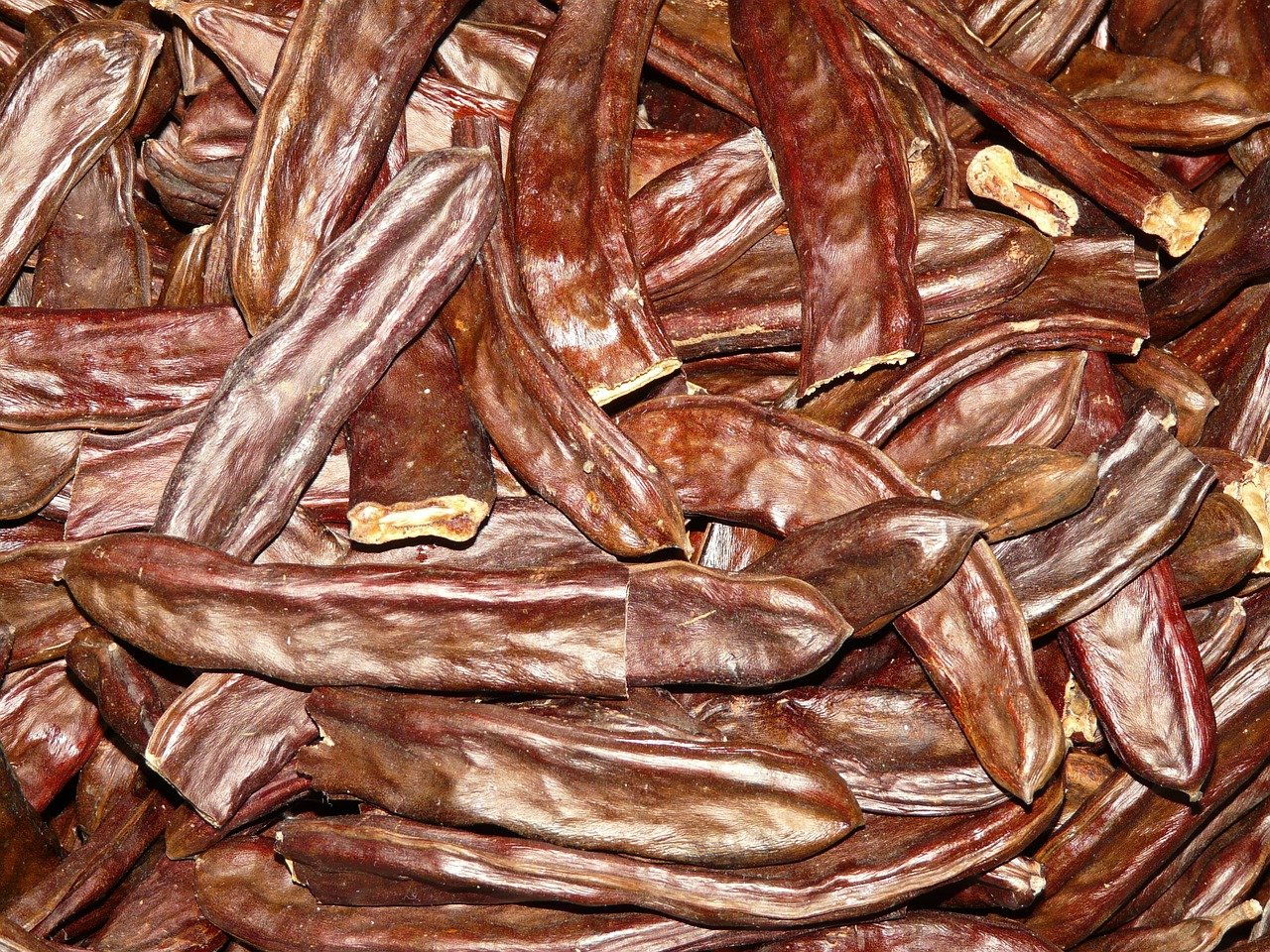
Health food products went from a cultural curiosity at the dawn of the Sixties, to a fully fledged food industry that rode the wave of lifestyle and societal change created by hippies and the Free Love phenomenon. No health food product went from nothing to something like Carob, and kids from the late 60s to the mid 80s bore the brunt of it. Who needed yummy yummy cocoa and chocolate when you could eat a bean product that approximates it’s flavor but without the enjoyment.
I’m sorry, but eating carob has never been fun.
4. Tang
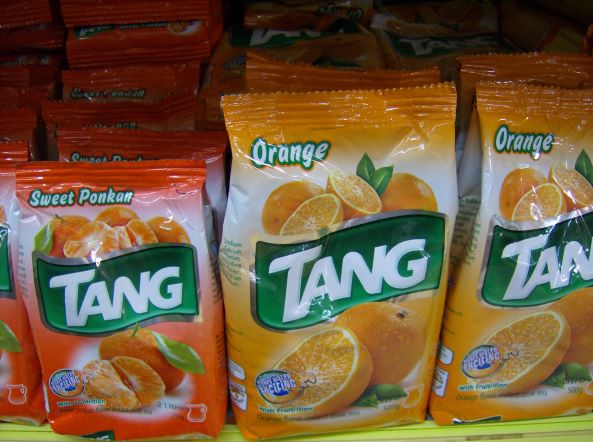
Tang was formulated by food scientist William A. Mitchell in 1957, and first marketed in powdered form in 1959 by General Foods Corporation. It didn’t take off initially, the concept of powdered orange juice seemed silly and pointless. It wasn’t until the thirst for space travel and exploration took over the United States that Tang began it’s rise.
The Seattle Times mapped out how Tang’s use by American astronauts and its associated advertising, flipped the narrative on the ‘orange drink’ and made it an important cultural symbol of the 1960s.
While it’s still widely available as a drink supplement today, Tang peaked as a product in the Sixties, when it featured in nearly every household where there were kids glue to a television.
5. Processed White Bread
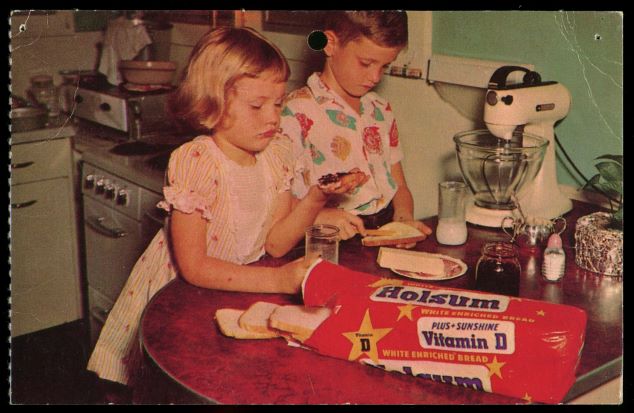
I had no idea processed white bread was so powerful symbolically in the Sixties. Over the course of the entire decade, processed white bread went from being the slick symbol of American progress and convenience (‘six slices a day’) to a focal point of rebellion for hippies and counterculture protests.
As this excellent Salon article from White Bread author Aaron Bobrow-Strain details, “industrial bread” was caught up in the quest for societal change. The “countercultural dream of good bread challenged authority and expertise, stood against capitalist agribusiness, and sought to remake relations among people and between nature and society.”
Pretty heavy duty for a daily processed food with little to no nutritional value!
6. Beef Bourguignon
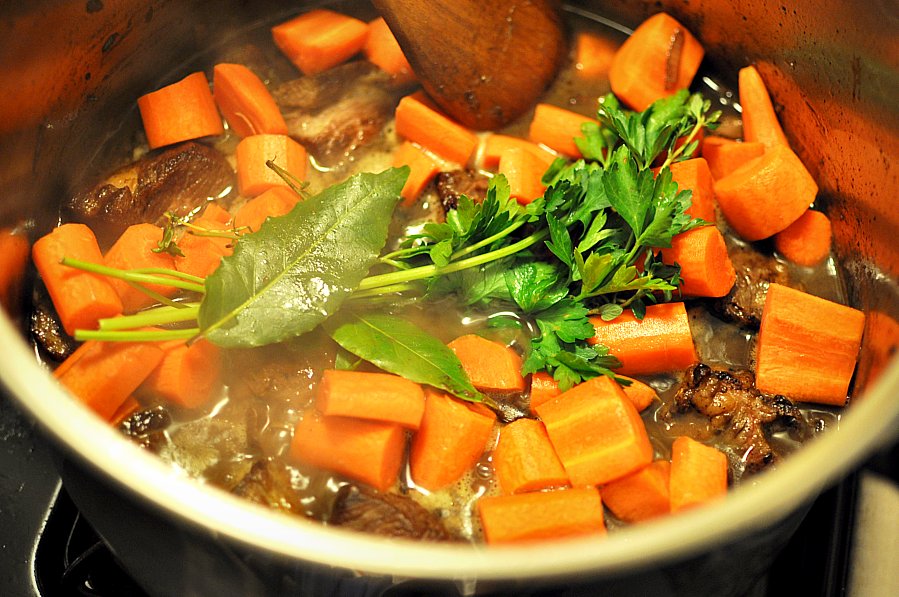
Julia Child changed American dining habits in the 1960s, and beef Bourguignon was the poster child (sorry, not sorry) for her effect on home kitchens throughout the US. Child’s seminal book, Mastering the Art of French Cooking was published in 1961 and became a huge bestseller, which led to Child becoming the original famous TV cook that we’ve come to love in households across the globe.
Beef bourguignon is hard to spell, but easy to make, combining stewed meat from cheap cuts of beef with red wine, stock, farmhouse vegetables, and bacon. It looked and tasted delicious, a batch was good for many meals, and it became a weekly essential for dinner tables everywhere.
7. Instant Everything

The Sixties were a fascinating time for ‘enjoying’ instant foods because everyone was trying to make the next great easy product. Life for everyday Americans, especially in the rapidly expanding urban areas, was busier and more time poor. Along with the space race came the instant food race, as companies made everything from soup powder and mashed potatoes to breakfast omelettes in ‘instant’ form, where you just added water or milk to make a household staple more simply.
Some instant foods flourished while others quickly fell by the wayside because flavor and taste still mattered to consumers, whether they were insanely busy or not.
8. Shrimp Cocktail
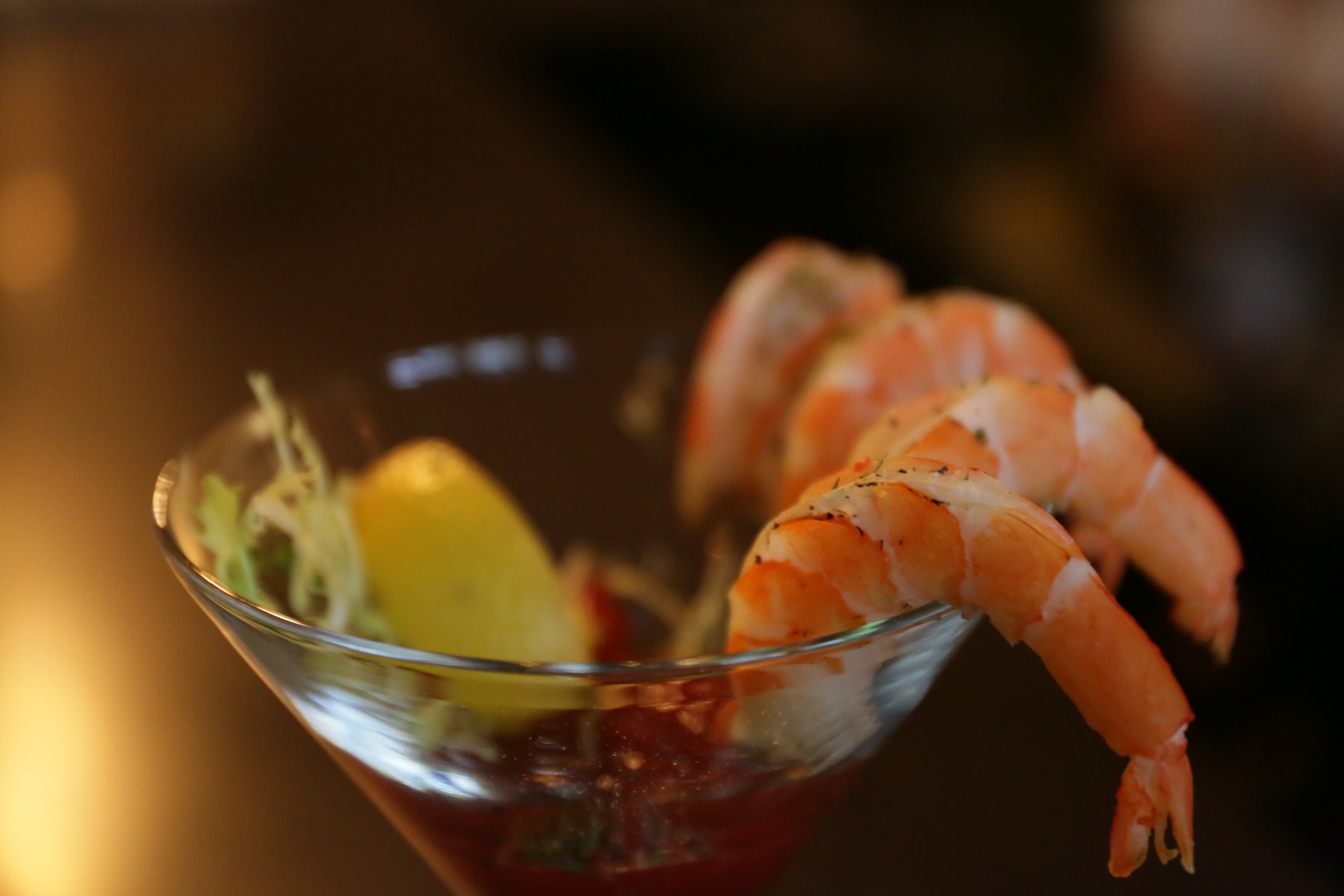
The Shrimp cocktail (prawn cocktail in the Southern Hemisphere) has been around since the early 1900s, yet it wasn’t until the Sixties that the combo of shrimp, lettuce, and thousand island dressing became a juggernaut in home entertainment.
From the mid 1960s through to the mid 1980’s, the Shrimp Cocktail was considered the number one choice for dinner party starters in the United States and Great Britain. It was a decadent, mobile (being prepared in an actual cocktail glass gave it flexibility) and relatively simple recipe to make. You could make your own cocktail sauce for extra social credit, or use a store bought option for convenience.
While it’s influence has diminished greatly in recent times, with the rise of simply executed Asian fusion seafood and other cuisines, the shrimp cocktail can still make the occasional throwback appearance at functions, dinner parties, and family gatherings.
9. SweeTarts, Pixy Stix, and Astro Pops

The Sixties were a golden era for confectionary in the United States. With the allure of Hollywood and the epic expanse of space to dream about, lots of children’s pocket money was put towards amazing flavor explosions they could launch into while watching the tube.
Three of the quintessential candies from the Sixties were SweeTarts, Astro Pops, and Pixy Stix. Sweetarts introduced the tart sour flavors of citrus, Astro Pops were all about astronauts (in riotous color) and Pixy Stix were a quick sherbet sugar fix that were cheap, bright, and sugary.
Conclusion
The Sixties were a time quite apart from most others. For every person that says they wished to be back there, many others were happy to move to a new decade.
What foods and trends can you add to this list that embody the 1960s?


